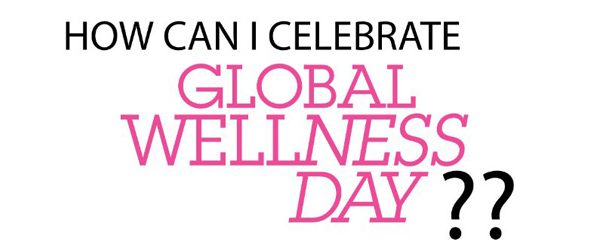

Fireworks are a staple for Fourth of July celebrations in the U.S. The thrill of fireworks, however, can be dangerous. On average, 230 people visit the emergency room every day with fireworks-related injuries in the weeks around July 4. Most of these injuries are to the hands and fingers. Fireworks can also cause serious injuries to your eyes.
Typical fireworks injuries can be caused by firecrackers, bottle rockets, sparklers and more. Sparklers can burn at about 2,000 degrees, hot enough to melt metal!
While the American Society for Surgery of the Hand (ASSH) encourages you to attend public fireworks displays, which are monitored for safety by a local fire department, here are some safety tips to follow while setting off fireworks at home:
- Never allow young children to play with or ignite fireworks. If older children are playing with fireworks, always have adult supervision.
- Avoid buying fireworks that are packaged in brown paper. This is often a sign that the fireworks were made for professional displays and could be dangerous. Make sure fireworks are legal in your area before buying or using them.
- Never place any part of your body directly over a fireworks device when lighting the fuse. Back up to a safe distance immediately after lighting fireworks.
- Never try to re-light or pick up fireworks that have not ignited fully.
- Keep a bucket of water or a garden hose handy in case of fire.
- Never carry fireworks in a pocket or shoot them off in metal or glass containers.
- After fireworks complete their burning, douse it with plenty of water from a bucket or hose before discarding it to prevent a trash fire.
The following precautions should be taken when attending a public fireworks display:
- Obey safety barriers and ushers.
- Stay a minimum of 500 feet from the launching site.
- Resist the temptation to pick up firework debris when the display is over. The debris may still be hot. In some cases, the debris might be “live” and could still explode.



